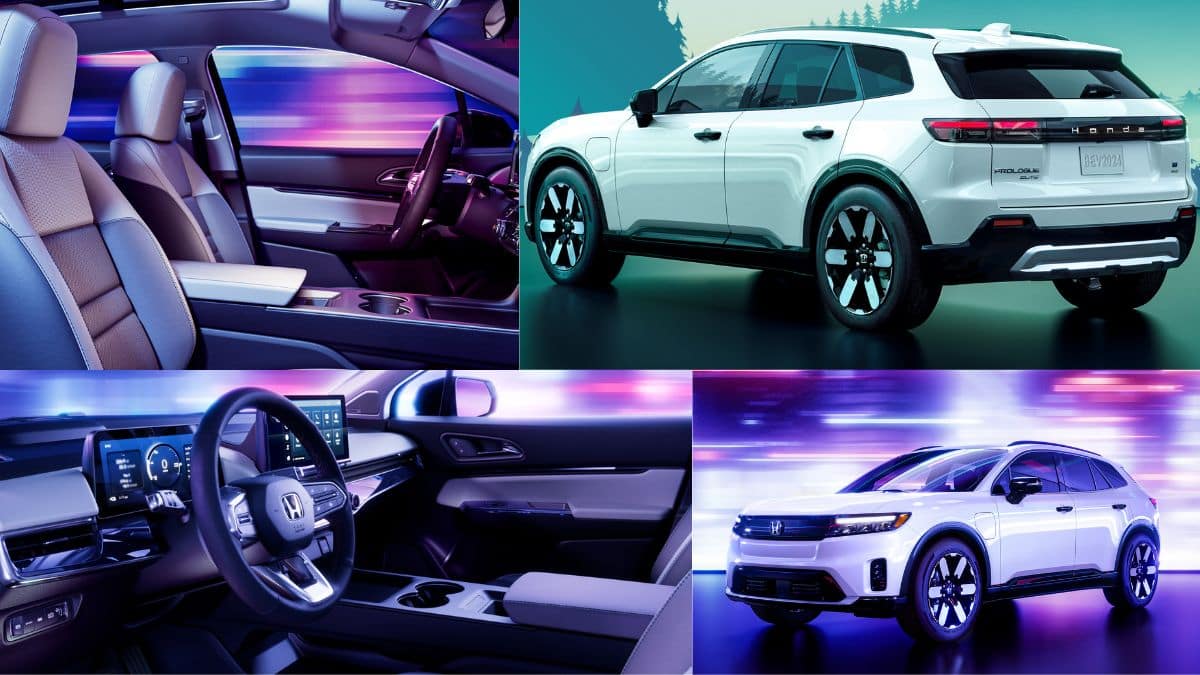Honda has wisely decided to take a shortcut to bring its first truly competitive, modern EV to market: it is partnering with GM on its 2024 Prologue EV. This strategy means the only current electric SUV market segment competition for Honda, from its Japanese brethren, will be the Nissan Ariya. The rest of the Japanese auto industry would be wise to take note.
The Prologue is an SUV slightly larger and more voluminous than Honda’s popular compact, the CR-V. The Prologue’s body and interior will be all Honda, and some other components as well, but the Ultium (battery) platform in particular will be sourced from GM.
By partnering with GM for the Prologue, and an Acura EV as well, Honda will effectively beat most of its Japanese competitors to market with their first serious EV model that, in terms of quality and features, can compete with the best-selling models in this class (the Tesla Model Y and Ford Mustang Mach-E). Specifically, the Prologue should have around 300 miles of range (perhaps optionally), since it is sharing a platform with the Chevy Blazer EV.
While this partnership is great and benefits both brands via the arrangement (Honda gets its product on sale sooner and GM sells more of its powertrains than it would otherwise), I do have to wonder if GM will be able to support both its own EV sales growth targets and Honda’s, simultaneously.
GM is, after all, trying to beat Tesla in EV sales by 2025. Personally, I think this might mean Honda Prologue sales volume will be on the low side (I predict 20-30K at most), as long as GM is supplying the platform, and likely far less than that, initially. Perhaps the partnership is more transitional in nature though, and beyond the first few years of the model run, there is an external expectation that Honda will move these over to their own platforms eventually.
Of course, Honda isn’t only competing with Nissan’s Ariya or its Japanese brethren. There are a number of other compact SUV and crossover EVs on sale, including the Volkswagen ID.4, the Kia EV6, the Hyundai Ioniq 5, the previously mentioned Tesla Model Y and Ford Mach-E of course, and the forthcoming Chevy Blazer and Equinox EVs as well as several other models, globally. And speaking of global competitors, another advantage the partnership with GM gives Honda is some better standing and partnership in facing off with the global leaders of EV sales: China, or more specifically its various and assorted companies that are, collectively, dominating EV manufacturing at the global scale.
In short, in order for Japanese, European, Korean, and US auto manufacturers (other than Tesla perhaps) to be more competitive and achieve lower production costs, they need to partner. It is perhaps the best way for them to bring competitive products to market and to better manage the enormous costs that come with the move to electric and electrified vehicle manufacturing.
Ultimately, if Honda and the other brands don’t catch up quickly (within a matter of a few years), their corporate future is on the line and partnership between other manufacturers aids that rapid transition. This is especially true within China and the markets China is heavily involved in, but will be increasingly important in the US, Europe and elsewhere too.
When Chinese manufacturers enter those other markets (or when their presence starts growing rapidly), the companies that haven’t gotten their EV model lines established will rather quickly find themselves in trouble. It will be a very interesting couple of years as we gauge the success of these partnerships and the new models they provide. Questions? Please share, below.
Images courtesy of Honda.
Justin Hart has owned and driven electric vehicles for over 15 years, including a first-generation Nissan LEAF, second-generation Chevy Volt, Tesla Model 3, an electric bicycle, and most recently a Kia Sorento PHEV. He is also an avid SUP rider, poet, photographer and wine lover. He enjoys taking long EV and PHEV road trips to beautiful and serene places with the people he loves. Follow Justin on Twitter for daily KIA EV news coverage.





